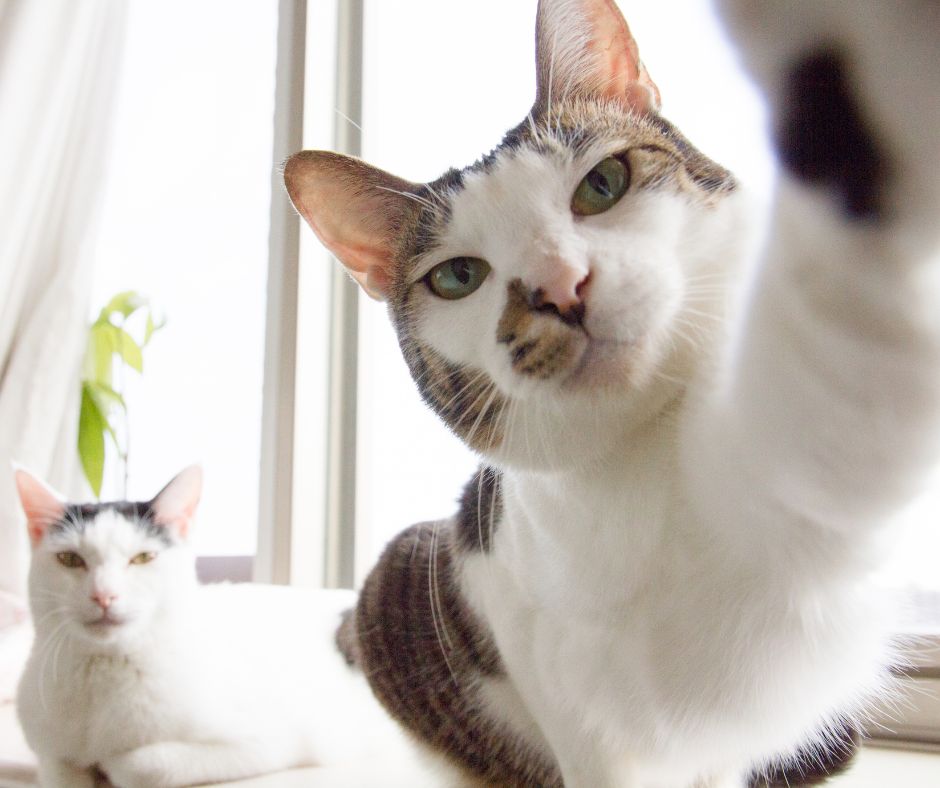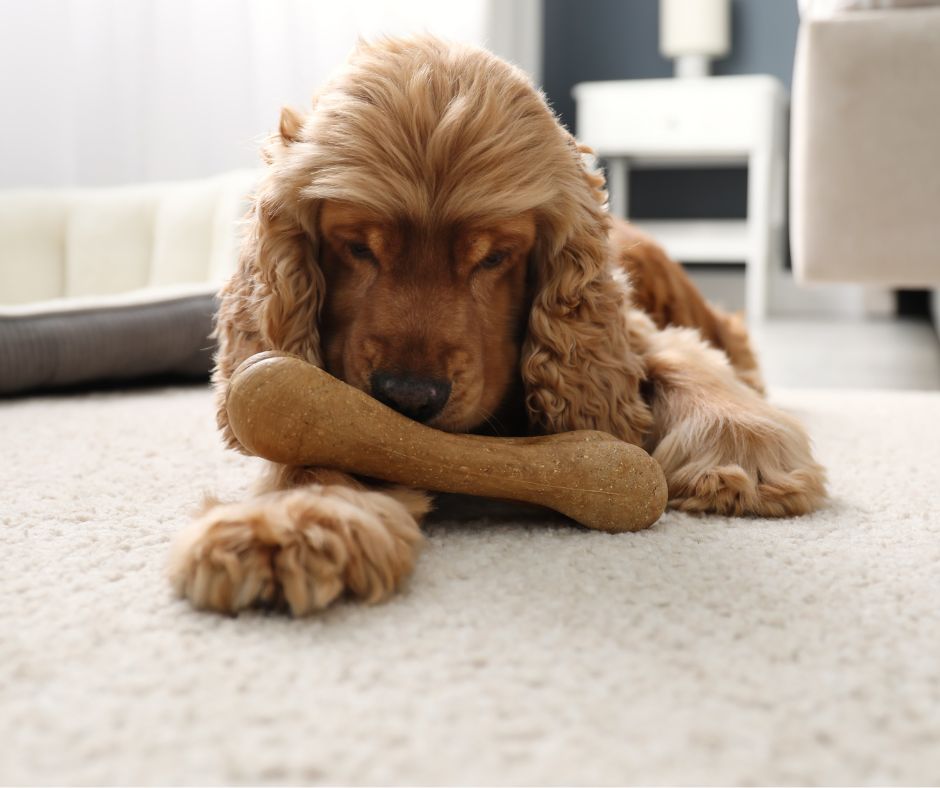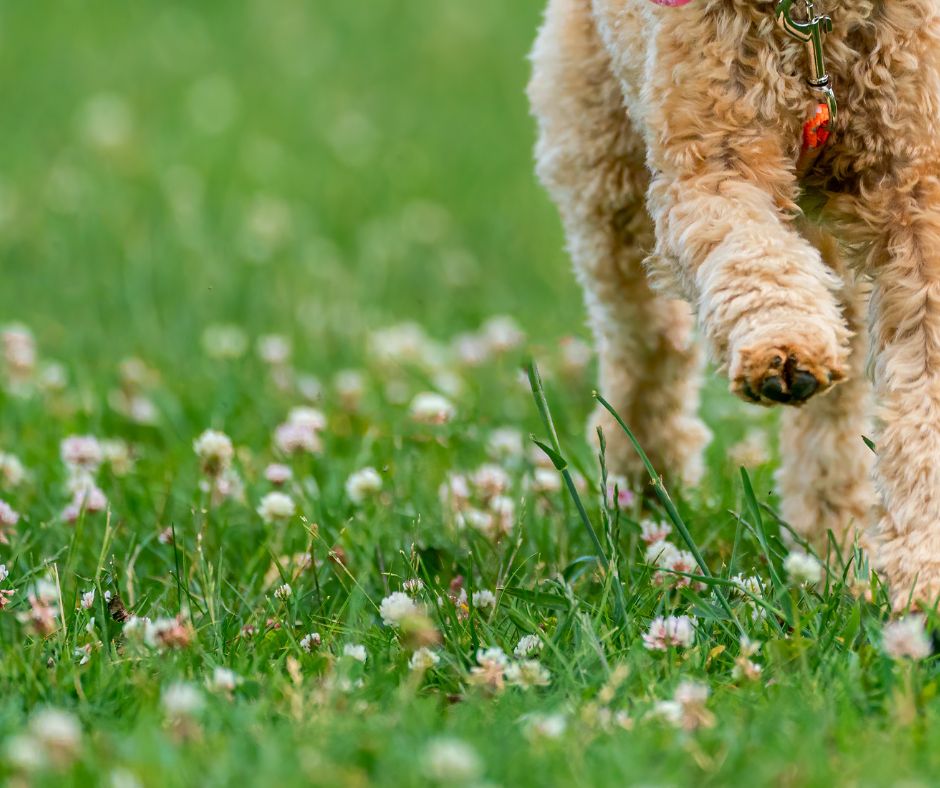- Home
- Home Remedies
- Natural Flea Treatment For Yard
Natural Flea Treatment For The Yard
Homemade & DIY Solutions
Dealing with pests in your yard can be a real headache, especially when you have pets like cats and dogs running around.
Fleas can easily make their way into your yard, causing itchy discomfort for your furry friends.
The challenge is finding ways to deal with these pests while keeping your pets safe. This is why many folks turn to natural flea treatment for the yard.
Instead of turning to harsh chemicals, natural solutions can be a great alternative. Not only are they safer for your pets, but they also help protect the environment.
By choosing natural methods, you can avoid harming beneficial insects like bees and butterflies.
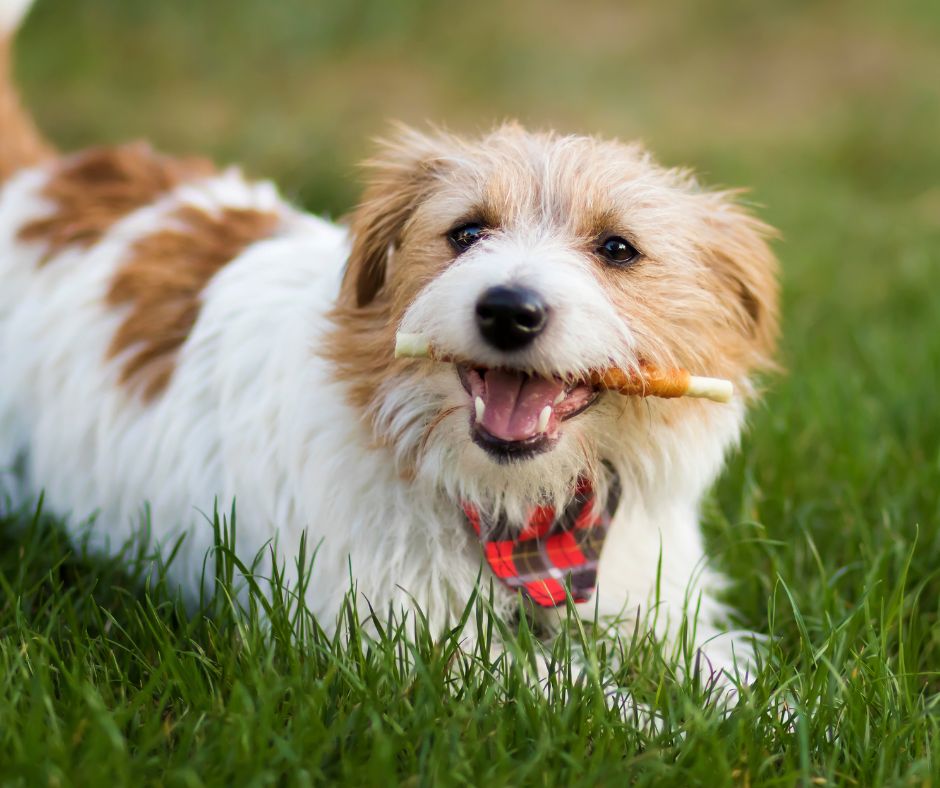
Let's explore some natural ways to tackle the issue and create a safe, pest-free space for both your pets and your garden.
Let’s explore the best options for keeping fleas at bay without relying on toxic treatments!
Why Choose Natural Flea Treatment For a Yard?
When it comes to pest control, safety should always come first - especially for your pets and kids. Many chemical treatments can be harmful if not used correctly, causing skin irritation or worse.
Natural remedies offer a safer alternative, providing peace of mind for pet owners who want to protect their loved ones.
Not only are natural options better for your family, but they also help protect the environment.
Pesticides can harm helpful insects like bees and butterflies, disrupting the ecosystem. Using natural methods can help your garden stay safe for all critters, big and small.
Another advantage of natural treatments is long-term prevention. While commercial products may offer quick fixes, they often don’t address the root of the problem.
Natural remedies focus on creating a balanced, pest-free space over time. Choosing eco-friendly solutions helps provide protection for both your lawn and pets that just feels better for many.
Natural Flea Treatment You Can Use in Your Yard
When it comes to keeping your yard free of pests, including fleas, using eco-friendly solutions is a great way to protect both your pets and the environment. Here are some effective options that you can use in your yard:
Diatomaceous Earth (Food Grade):
How it works: Diatomaceous earth is made from crushed fossils. It dries out and kills insects, including fleas.
How to apply it: Sprinkle it around your yard, especially in shady spots where fleas love to hide. Be sure to wear a mask when applying it to avoid inhaling the dust.
Cedarwood Mulch:
Benefits: Cedarwood acts as a repellent for fleas and other insects. Its scent keeps pests away, making it perfect for your garden.
How to use it: Replace your regular mulch with cedarwood mulch or mix it with what you already have. It also looks nice and smells great!
Nematodes (Beneficial Nematodes):
How they work: These tiny, microscopic worms target flea larvae, helping to control the population naturally.
Where to get them and how to apply: You can find nematodes at garden centers or online. Simply follow the package directions for easy application.
Lemon or Citrus Spray:
How it works: The oils in citrus fruits act as a repellent for pests.
How to make your own: Boil citrus peels in water, strain, and pour the liquid into a spray bottle. Spray the mixture on areas prone to pests.
Neem Oil:
How it works: Neem oil is effective at repelling pests and disrupting their life cycle, making it harder for them to thrive.
How to apply it: Mix neem oil with water and spray it on your yard, especially around plants or areas where pests gather.
Essential Oils (Safe for Outdoor Use):
Peppermint, lavender, and eucalyptus oils are excellent flea repellents.
Safety tips: Always dilute the oils with water before applying. Avoid direct contact with your pets to keep them safe.
Long-Term Prevention
Preventing pests in your yard takes a little effort, but it's worth it for long-term protection. Regular lawn maintenance is key.
Keep your grass mowed and the lawn dry, as moist, overgrown areas attract pests.
Creating a pet-friendly zone also helps. Designate an area where your pet can safely spend time.
Keep it separate from spots where pests are more likely to hide. This reduces the chances of your pets picking up unwanted guests.
Encouraging natural predators is another great strategy. Frogs, birds, and even certain insects can help keep pest populations in check.
Birds, in particular, love to snack on bugs, which can help reduce pest numbers naturally.
You can prevent problems before they start by maintaining your yard in a way that’s safe for both your pets and the environment. It’s simple, effective, and helps keep everything in balance.
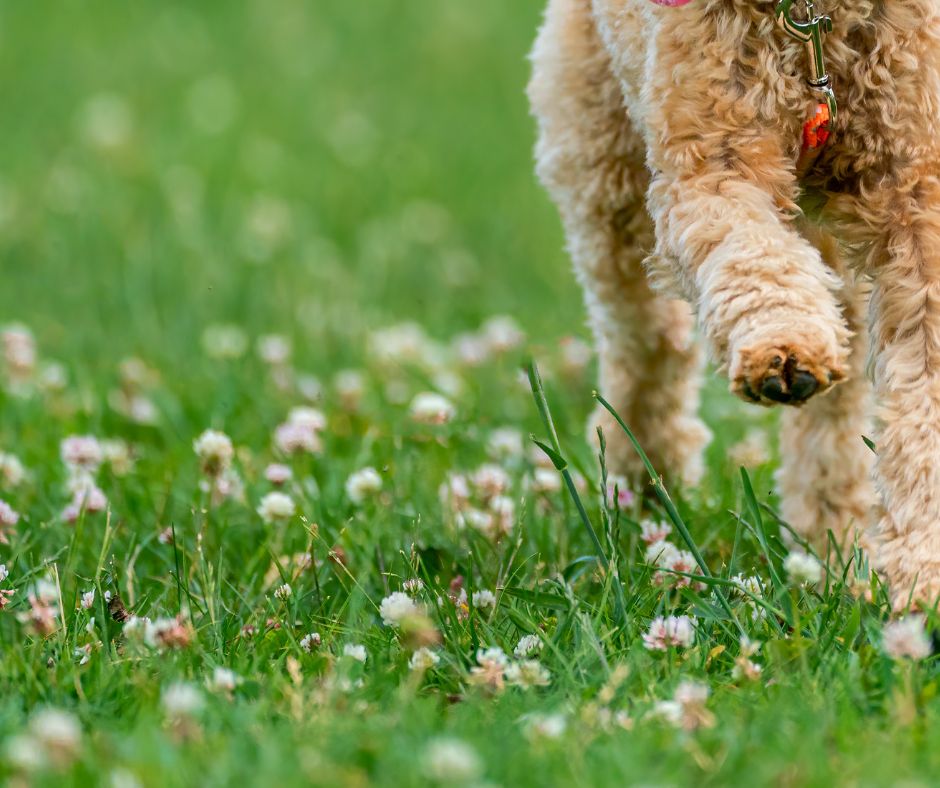
Tips for Effective Application
- Timing: The best times to apply remedies are early morning or late afternoon. These times help prevent the sun from making the treatment evaporate too quickly.
- Consistency: Apply your chosen remedies regularly. Reapply after rain or every few weeks to keep things under control.
This helps keep your yard protected, ensuring long-lasting results. Consistency is key to managing pests effectively.
Keeping your yard pest-free takes patience. These methods work best when used consistently.
Some options may be more effective than others, depending on your lawn and pets. Try different approaches and see what fits your needs.
- Have a favorite yard-friendly solution? Share your tips in the comments!
- Want more pet-safe lawn care advice? Sign up for our newsletter for updates and new ideas.
Leave a Comment:
Top of Natural Flea Treatment For the Yard
« back to Home Remedies

